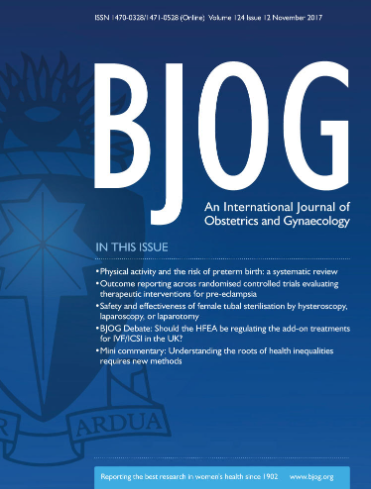Cerclage Reinforcement Following Primary Cerclage Procedure for Prevention of Preterm Birth: A Systematic Review and Meta-Analysis
Abstract
Background
Transvaginal cerclage is an important intervention used to decrease the risk of preterm delivery.
Objective
We performed a systematic review and meta-analysis to evaluate the efficacy of a reinforcing cerclage (RC) should the initial cerclage fail.
Search Strategy
Scopus, PubMed, Cochrane Central Register of Controlled Trials, Ovid Medline, CINAHL and clinicaltrials.gov were searched from database inception through December 2023.
Selection Criteria
All studies compare the use of RC to expectant management after initial cerclage placement to prevent preterm birth.
Data Collection and Analysis
Two authors extracted data following PRISMA guidelines. Primary outcomes were gestational age at delivery and preterm delivery rate before 37 weeks. Subgroup analyses examined outcomes by initial cerclage indication (history-indicated, ultrasound-indicated, and physical exam-indicated). Results were summarised as weighted mean difference (MD) or risk ratio (RR) with associated 95% confidence intervals. Heterogeneity was measured using Higgins I2.
Main Results
Eight studies (n = 440), comparing RC to no RC after initial cerclage failure, met inclusion criteria. Primary analysis showed delivery occurred 3.98 weeks earlier with RC (95% CI [−5.29, −2.67], p < 0.0001). The RC group had a higher preterm delivery rate before 37 weeks (RR 1.46, 95% CI [1.03, 2.06], p = 0.03). High heterogeneity (I2 > 80%) was noted, and all included studies were observational, increasing the risk of selection bias.
Conclusion
Placement of a RC following failure of an initial cerclage was associated with a reduced pregnancy latency and an increased risk for preterm delivery. Given the non-randomised nature of the available evidence and significant heterogeneity, these findings should be interpreted with caution. Reinforcing cerclage should only be considered within research settings.

 求助内容:
求助内容: 应助结果提醒方式:
应助结果提醒方式:


